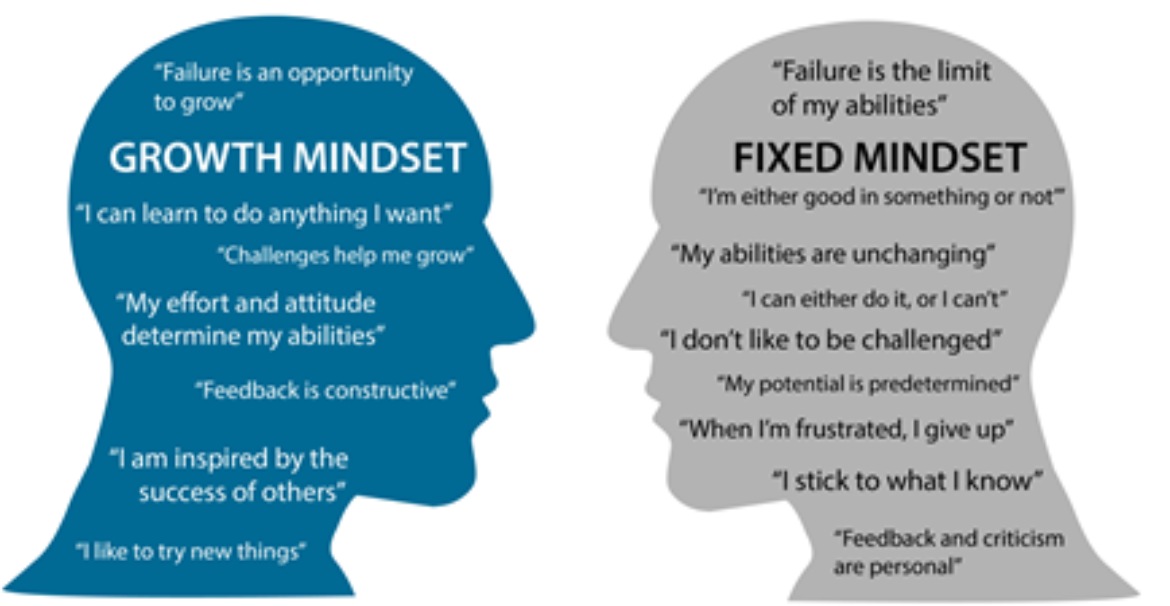
Solving Problems Through Reframing
It’s easy to blame leadership when organizations face problems, When this happens, you might hear complaints about the leader, such as “She’s too rigid.” or “He’s in his ivory tower and doesn’t see what we deal with every single day.” Most of us just complain about the problems, but only a few actually work on solving those problems.
According to Oxford Languages, problem-solving is the process of finding solutions to difficult or complex issues. Problems are a normal part of operations; no organization can grow unless it continually seeks out and resolves its problems. So how do teams do that? By using a tool called reframing.
Reframing to solve problems
Reframing is looking at a problem and finding a new way to see it so you can discover possible solutions for the problem. It can be applied in every possible problem-solving scenario that an individual, team, or organization faces.
Before we start reframing the problem, we need to define what the problem actually is. This will help identify the right questions to ask that help solve that problem. Ask yourself the following four questions to help reframe the problem:
- What do I see as the problem to solve?
- How else can I see this issue?
- How might someone else see this problem?
- What do I need in order to solve this problem?
Let’s look at an example. The sum of 5 plus 5 is 10. But what if we asked a slightly different question? Instead of asking ‘What is 5 plus 5?”, we could ask “What are 2 numbers whose sum is 10?” When we reframe this problem, we expand the number of possible answers. Both questions deal with the addition of 2 numbers whose sum is 10. The difference is how we framed the question.
When reframing, we pause, step back and ask what the ultimate goal is. From there, we can determine, “What is the best question to solve the problem?”
Sometimes we reframe a problem with a very narrow focus. This is called goal fixedness and may lead to the elimination of possible solutions. Broaden your focus by reframing the question you’re asking in the first place.
For example, if you’re asking, “How do we plan a birthday party for John?” you’re assuming it’s a party. If you change your question to, “How can we make John’s day memorable?” or “How can we make John’s day special?” you will find different sets of solutions.
Reframing leads to a big change in our perspective.
Changing the perspective
Reframing challenges us to look at a problem from different perspectives. We all have our own perspectives based on the knowledge gathered from our life experiences. While there are people who may have similar experiences, our perspectives are uniquely our own.
The potential challenge is when we think that our perspective is the right one and that all other perspectives are simply wrong. One way of shifting our perspective is to literally get up and physically change locations to see things from a different angle. This little trick can unlock a new way of thinking. When we move, we induce dynamic thinking because our brains are taking in more external stimulation while we are in motion.
When finding a new perspective, sometimes, we need to step back and widen our frame to see the larger picture and sometimes we need to move in closer and shrink our frame to close in on an issue. So move your body a few times and see what happens.
Today’s issues and problems are complex and require deep thinking to solve. Working as a team helps so consider inviting others who are not on the team but do have some familiarity with the issue. You are not asking them to solve your problem, yet they may provide you with a different perspective for your team to consider.
Tips for reframing
Here are some helpful tips for reframing:
- Look beyond the obvious. What is missing from the current problem statement? Are you overlooking any part of it not paying attention to a specific aspect?
- Look beyond your expertise. What led up to this? Ask “How did we get here?” and “Who can help me see a new perspective?”
- Re-examine the goal. Are you focused on the right goal?
- Ask yourself what is working, Look for positive changes. What are they, and how can they be replicated?
- Look in the mirror. How are you contributing to or causing the problem?
- Ask yourself, “How do others see this?”
- Pause and do not jump right into problem-solving. Albert Einstein defines it aptly, “If I had an hour to solve a problem, I’d spend 55 minutes thinking about the problem and five minutes thinking about solutions.”.
- Get others’ perspectives on what is going on and determine whether an issue might need to be reframed before you dive in.
When organizations use reframing methods to solve problems, they are able to gain a strategic edge, unlock ground-breaking innovations, and improve their performance.
Interested in learning more? Feel free to ask me any follow-up questions. We’d love to hear about your experiences with using reframing to solve complex problems in your organization.
Let’s share experiences. Leave a comment below, send me an email, or find me on Twitter.

